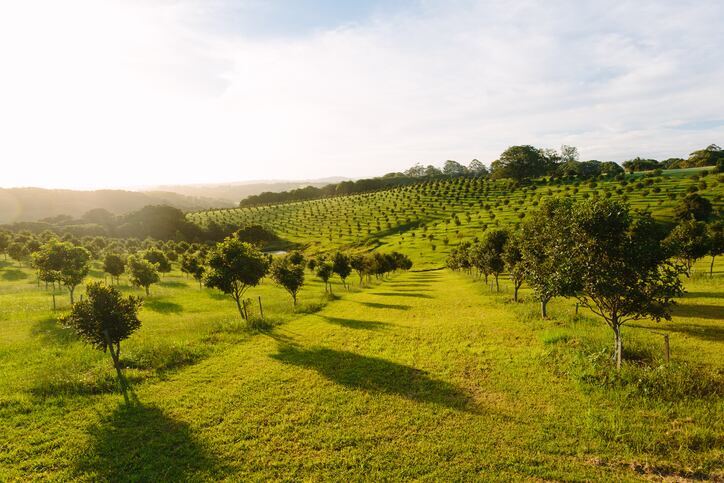According to supplier Green & Gold (G&G), the macadamia industry is in prime position to tap into the global trend for healthy nuts and plant proteins.
“Our customers, dominant players in the food industry, are crying out to use macadamias as an ingredient,” G&G’s CEO, Brian Loader said. “However, it is up to the industry to make the opportunity tangible through investing in innovation to deliver the macadamia value proposition."
The macadamia market is estimated to be worth between $750 and $800 million (€642 - 685m) with the US, China and Europe accounting for around 80% of consumption.
But volumes of this tree nut indigenous to Australia are small compared to almonds, walnuts and hazelnuts.
'A unique buttery texture'
G&G is trying to engage with new product developers and explain the benefits macadamias can bring to brands. Their unique selling point is the texture.
“This really stands out over the other nuts,” Loader said. “Macadamias are around 70% fat which is the highest of all nuts by some margin, this is what delivers the unique buttery texture […] and arguably compliments certain food products better than other tree nuts.”
According to the US National Nutrition Database, macadamias contain 76 g fat per 100 g, of which 59 g are monounsaturated (“so it’s healthy”, said Loader), 11 g are saturated and 1.5 g polyunsaturated.
The smooth mouth feel and lack of ‘gritty’ mouth feel makes them well suited to baked goods, chocolate and ice-cream, he said. They can also be used for nut milks and Australian company Milkadamia recently secured a listing in US retail giant Walmart.
Their premium image also means the inclusion of macadamias can elevate a product’s status.
“By including macadamias you may increase your cost of production, however if you can brand the product around ‘macadamia’ you would most likely sell that product at a much higher price.
“So if done properly, with the correct branding behind it, a macadamia product can make excellent returns.,” Loader added.
Supplies 'insecure' but stabilising

He said an “insecure supply” has been responsible for slowing down new product innovation with macadamia nuts, particularly in the ingredient sector.
“Food manufactures cannot commit to developing a new product and then have factories sitting idly as they have been unable to source enough supply or deliveries are late.”
The industry has invested in new plantings, however, and expects global production to increase by around 50% over the next five years, which should also bring the price down. Macadamias are comparable to pine nuts in terms of long-term, average price.
Loader added that G&G’s global spread of business – it has farms and processing facilities in Australia, South Africa, Malawi and Brazil – means its supplies are not vulnerable to localised weather conditions like drought or flooding.
Last year, following a request from Royal Hawaiian Macadamia Nuts, the Food and Drug Administration (FDA) authorised a qualified health claim for macadamias.
This means US companies can now say: “Supportive but not conclusive research shows that eating 1.5 ounces [42.5 g] per day of macadamia nuts, as part of a diet low in saturated fat and cholesterol and not resulting in increased intake of saturated fat or calories, may reduce the risk of coronary heart disease.”
There are no EFSA-approved health claims for macadamia nuts in Europe.
A thirsty crop
In terms of how macadamias fare against other nuts for their environmental footprint – most of the world’s supply of water-thirsty almonds are grown in drought-prone California, for instance, - Loader admitted the tree “does require large amounts of water”.
“However as they are generally grown in high rainfall areas, much of this comes from rain and not just irrigation, so the impact is less than some other tree crops,” he added.
In 2016, however, South Africa experienced a drought that meant kernels were much smaller than usual.
